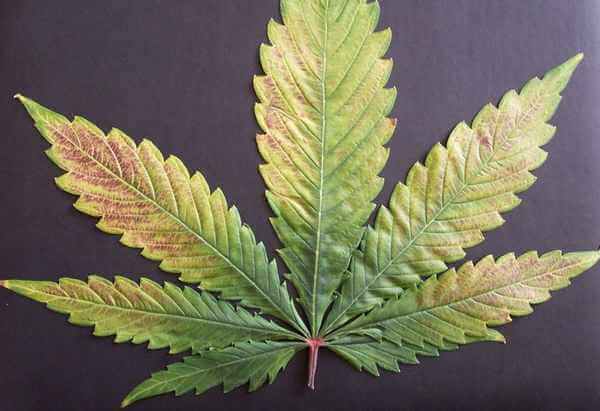EastCoastGambit
Well-known member
I imagine there could be a combination of things going on. This is my 1st time pollinating/crossing a plant. I'll post a photo soon.
Basically I pollinated maybe half of the plant. On the buds producing the seeds (8 weeks total, pollinated around week 3) the sugar leaves are burnt up on the tips and badly curling, dying. I think some is environmental and nute issues but in general is it normal for buds producing seeds to show these signs of stress? I assume since growing the seeds is taking the plants energy it could be common.
I don't really care about the bud but at first it kind of looked like early bud rot or something. The non pollinated buds look better in comparison so that kind of gives me clues as to what is going on.
Basically I pollinated maybe half of the plant. On the buds producing the seeds (8 weeks total, pollinated around week 3) the sugar leaves are burnt up on the tips and badly curling, dying. I think some is environmental and nute issues but in general is it normal for buds producing seeds to show these signs of stress? I assume since growing the seeds is taking the plants energy it could be common.
I don't really care about the bud but at first it kind of looked like early bud rot or something. The non pollinated buds look better in comparison so that kind of gives me clues as to what is going on.



